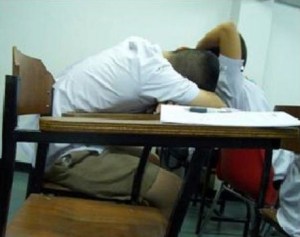 According to data released by Educational Testing Service (ETS), the volume of TOEFL test takers in India surged 7 percent in 2012 compared to 2011.
According to data released by Educational Testing Service (ETS), the volume of TOEFL test takers in India surged 7 percent in 2012 compared to 2011.In 2012, 67 percent of TOEFL test takers in India were male and 33 percent were female. The total mean age for TOEFL test takers in India in 2012 was 22.9 years old.
This trend also evident in other countries, continues the impressive global growth for the test for the seventh consecutive year, say company officials. In 2012, TOEFL test takers represented 180 countries. And, 90 percent of TOEFL test takers got into their first- or second-choice university or college.
"For more than 45 years the TOEFL test has been helping Indian students meet their educational goals," commented David Hunt, Vice President and Chief Operating Officer of ETS's Global Division. "We are forecasting continued growth in 2013 and will monitor capacity in India, adding additional testing centers to respond to demand so that every student who wishes to take the TOEFL test has the opportunity to do so."
That TOEFL is being accepted by 8,500 institutions in 130 countries have made the test very popular. It is alos one of the least expensive ones and gets completed in half a day. In addition, in 2011, Australia's Department of Immigration and Citizenship approved the TOEFL test for use for student visas in Australia.
































